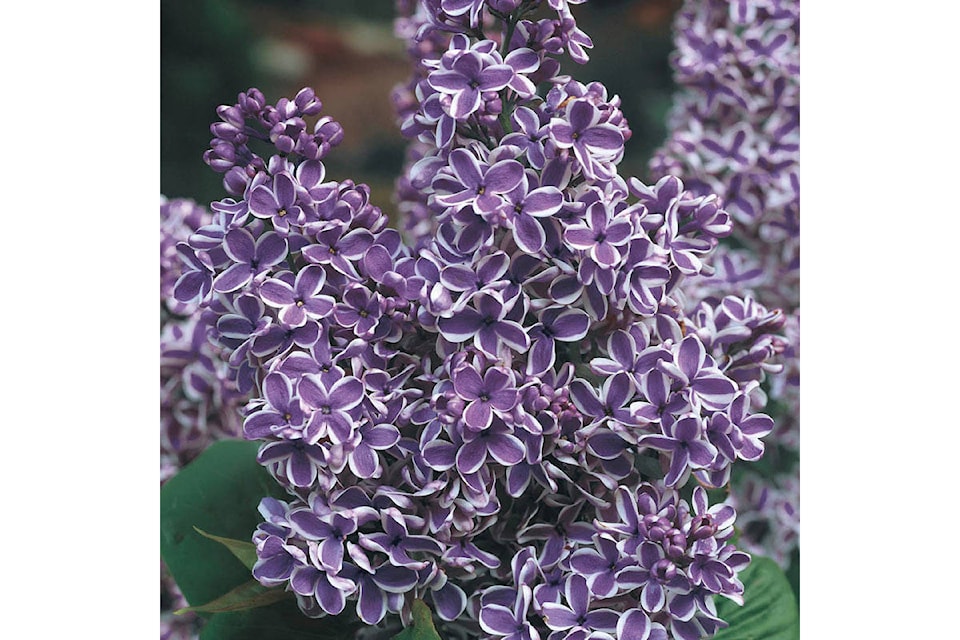Ellen Presley
Special to The Record
I have been thinking a lot about lilacs, which is an old fashion fragrant plant, considered a must-have for the cottage garden.
When I was a kid, I remember riding my bicycle through the neighborhoods with trees and hedges of lilacs, the aroma wafting in the air, and the sunshine on my face. It was a time when spring and the school year was coming to an end, and the warmth of the sun brought hope that the lazy days of summer were almost here.
Lilacs are easy to grow, deer-resistant and extremely hardy once established. They attract birds, butterflies, hummingbirds and other beneficial insects and make an awesome cut flower. They prefer sun, good air circulation and good drainage. Lilacs will tolerate many types of soil but prefer rich humus with slightly alkaline soil so add a bit of lime to your soil. There are many different types of lilacs and depending on the variety you choose, they are great for screens, hedges, or as a specimen tree.
The award-winning French lilacs are well known. Syringa vulgaris ‘Charles Joly’ (8-10’) has lovely fragrant double magenta flowers with the traditional heart-shaped leaves that remain attractive all summer. Introduced in the 1800s, they still remain highly regarded as a popular choice for the garden. ‘President Grevy’ (10-12’) has immense panicles of highly fragrant double lavender-blue floret and ‘Madame Lemoine’ (8-10’) (named after the wife of the originator of many of the French hybrids Victor Lemoine) is still considered one of the best double whites today.
An unusual and highly popular lilac is Syringa ‘Sensation’ (8-12’), which produces lovely purple blossoms with each flower petal delicately rimmed in white. Quite extraordinary and stunning!
For the smaller garden, the award-winning dwarf Korean Lilac, Syringa meyeri ‘Palibin’ (4-5’) produces wonderful fragrant lilac-pink blossoms on a compact low spreading plant. The leaves are smaller than most lilacs and turn a reddish-bronze in fall. The lovely ‘Tinkerbelle’ (4-6’) produces a profusion of sweetly fragrant pink panicles 3-5 inches long. Each blossom forms wine red flower buds that open to pink and the bright green leaves remain attractive all summer. Dwarf varieties are great for the small garden, in containers or to add structure to the perennial border. All lilacs benefit from a light pruning after flowering.
One of the most interesting lilacs is the cut leaf variety Syringa lacinata. Instead of the usual heart-shaped leaf, the blooms are born on willowy arched branches, creating wands of loose panicles of lavender violet flowers. Native to Turkestan, China and not susceptible to mildew, it forms a 6-8 foot rounded bush with a fine airy texture. Quite lovely.
Someone described the lilac as a ‘sweetly-scented breath of spring.’ Others regard it as a symbol of love and romance. For me it is a memory of childhood. It is one of those wonderful gifts of nature that evoke joy and happiness.
Happy gardening.
Ellen Presley is the owner of Anderton Nursery.
